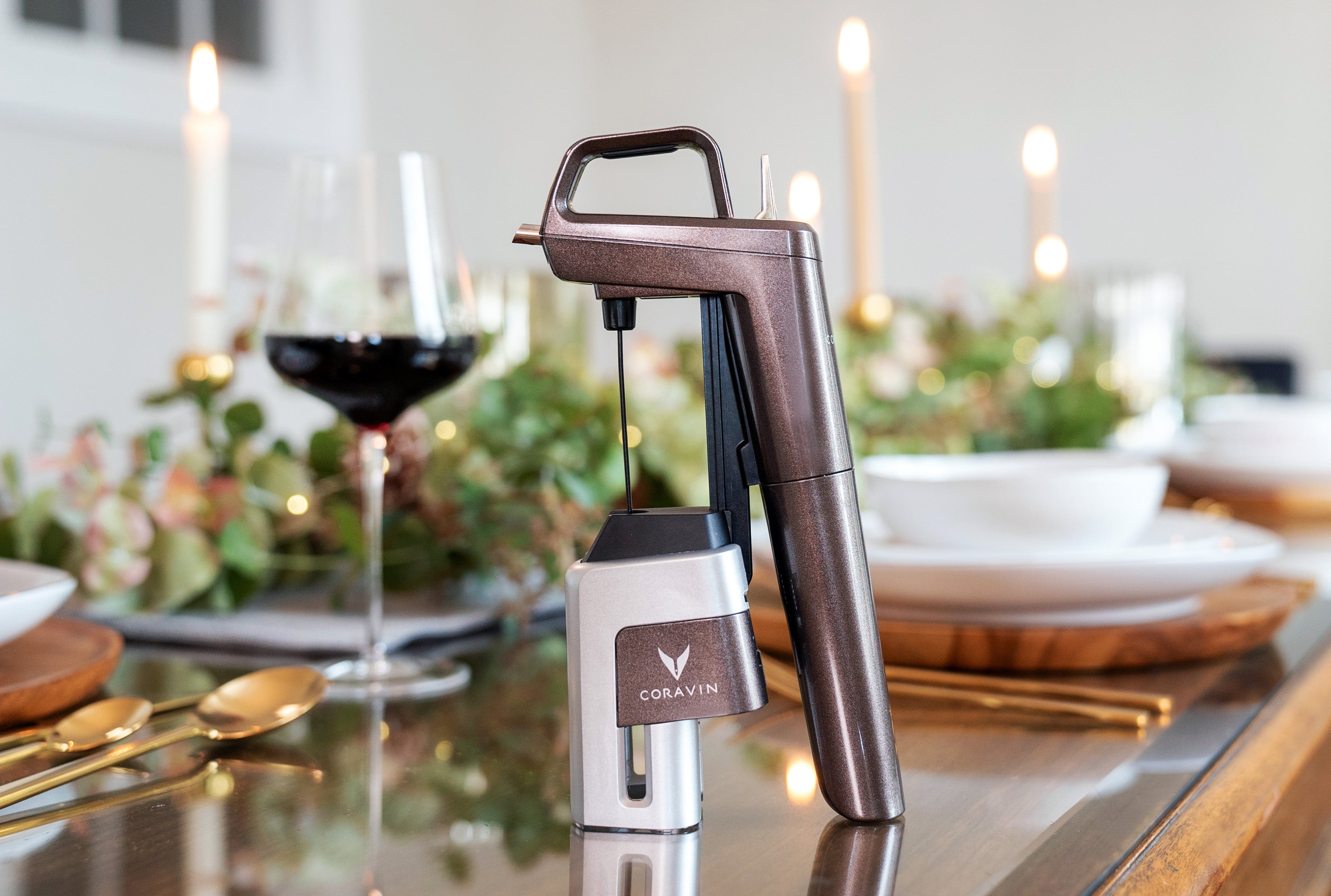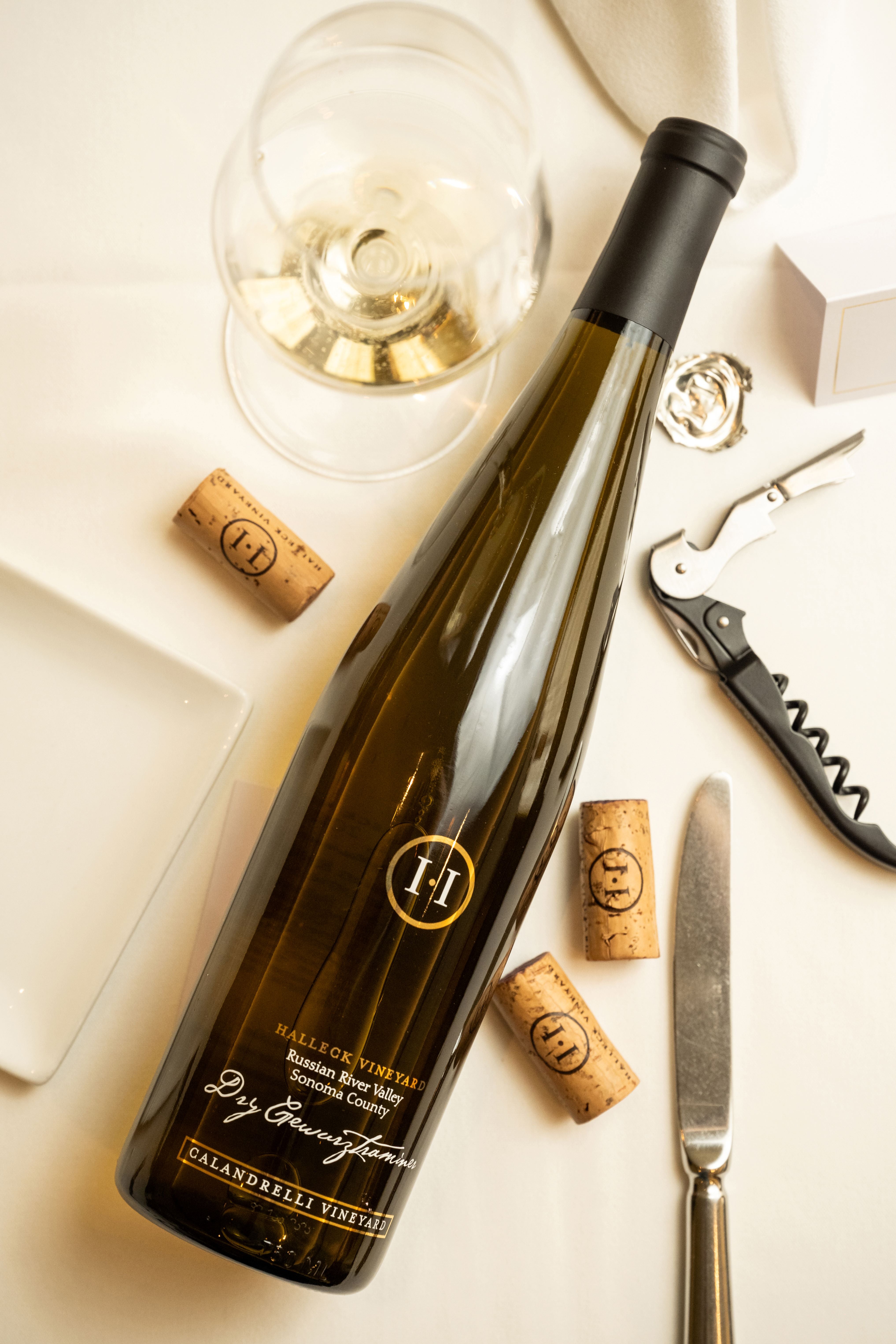Wineries In Sebastopol - Wine Tasting Activities In Sebastopol
Wineries In Sebastopol - Wine Tasting Activities In Sebastopol
Blog Article
Rustic Family-Owned Wineries In Sebastopol - A Visit To Sebastopol Wineries
Wine tasting is an art that requires practice and an understanding of varied elements involved within the process. One crucial element of wine tasting is the development and interpretation of tasting notes, which serve as a guide for both novices and seasoned connoisseurs. A Guide To Understanding Winery Wine Tasting Notes can improve your wine-tasting experience, making it more significant and pleasant.
Tasting notes are concise descriptions that capture the essence of a wine’s flavors, aromas, and overall character. Normally composed by professional tasters, winery tasting notes supply insights into the nuances of various wines. They can help wine enthusiasts perceive what to expect from a selected bottle. Nevertheless, tasting notes can range extensively in style and element based mostly on the author's experience and palate.
Wineries Near Santa Rosa - Sonoma County's Best Wine Experiences
When you first method a glass of wine, your senses will start to have interaction right away. The sight, odor, and taste of the wine will converge to provide you a whole experience. Tasting notes typically start with the visible evaluation, the place the color of the wine is taken into consideration. Shade performs a significant position in indicating the wine’s age, grape selection, and even its flavor profile.
After assessing the visible aspect, the following step entails swirling the wine in the glass. This motion aerates the wine, allowing its aromas to awaken. Smelling the wine offers important perception into its complexity. The preliminary sniff can ship a flood of scents that may embrace fruity, floral, natural, or earthy notes. This is often essentially the most subjective a part of tasting, as individual experiences can dramatically differ.
In winery tasting notes, descriptors are often categorized into primary, secondary, and tertiary aromas. Primary aromas often stem from the grape selection, secondary aromas derive from fermentation processes, and tertiary aromas come up from getting older. Understanding these classes may help you respect the depth of a wine, and so they also provide the vocabulary to express your experience higher.
Wineries With Unique Tasting Experiences - Sonoma's Hidden Winery Gems
Following the olfactory encounter, your focus will shift to the style of the wine. This is the place the primary characteristics—sweetness, acidity, tannins, alcohol—come into play. Tasting notes often element these flavors in multiple dimensions, including the initial assault on your palate to the lingering finish on your tongue. A high-quality wine will present a harmonious stability between these components.
While tasting, it's important to contemplate the physique of the wine, which could be described as light, medium, or full. The body contributes considerably to your total impression, serving to you contemplate how the wine pairs with food or whether or not it stands alone as a sipping wine. Balancing the physique with the opposite traits provides you with a fuller understanding of what the wine has to offer.
The end of the wine, also referred to as the aftertaste, is another critical facet typically included in tasting notes. A lengthy, pleasant finish usually indicates a higher high quality wine, whereas a short or cloying aftertaste might suggest in any other case. Evaluating the finish can provide further perception into the wine's complexity and distinction.
Understanding the context of winery tasting notes can be priceless. Tasting notes can provide contextual details about the vineyard's location, climate, and grape-growing practices. This context provides another layer of appreciation for the wine, permitting enthusiasts to connect the sensory experience with its origins, thus enhancing the enjoyment additional.
Upcoming Wine Festivals In Sonoma County - Best Vineyard In Sonoma
Many wineries provide tasting notes on their websites or labels, usually written in an approachable yet informative style. Nevertheless, not all winery tasting notes are created equal. Some may be overly technical, whereas others may prioritize marketing flair over insightful evaluation. Learning to navigate these notes can arm you with the knowledge to make knowledgeable selections when choosing wines.
Participating in tastings at wineries also can deepen your understanding of wine tasting notes. Interacting with knowledgeable staff may give you a extra hands-on strategy to exploring different wines and the language used to explain them. Wineries Featuring Vineyard Tours. You Will have the opportunity to ask questions, engage in discussions, and doubtlessly refine your palate in actual time.
Experimentation is essential for mastering wine tasting notes. As you pattern totally different wines, try making your own notes. Focus on describing the wine’s colour, aroma, style, and end. Over time, you’ll develop a personal vocabulary that resonates with your sensory experiences. Every note you create will assist refine your palate, permitting you to appreciate wines at a deeper stage.
Best Wineries For Wine Tasting In Sonoma - Sonoma Wine Retreats
In conclusion, a Guide To Understanding Winery Wine Tasting Notes provides a complete framework for diving into the world of dig this wines. It equips you with the methods and language necessary to articulate your experiences. Whether you are a informal drinker or a devoted aficionado, understanding and utilizing tasting notes can profoundly influence your wine journey. This data not only enhances your enjoyment but also connects you deeply with the rich narratives each bottle tells. By embracing this journey, you turn out to be a part of the beautiful mosaic of wine tradition, where each sip unveils a new story ready to be found.
- Wine tasting notes typically encompass a selection of sensory descriptions, including aroma, flavor, acidity, physique, and end, permitting tasters to totally respect the wine's traits.
- To enhance your understanding, familiarize your self with widespread wine terminology such as "tannins," "oakiness," or "terroir," which can help decipher the notes more successfully.
- A systematic approach to tasting includes first visually assessing the wine's shade and clarity, followed by swirling to release aromas, then inhaling and describing what you experience.
- Taking notes throughout tasting might help identify patterns over time, improving your palate and making it easier to recall preferences for future selections.
- Don't overlook the influence of food pairings; tasting notes can differ significantly when a wine is loved with complementary flavors, altering perception and delight.
- Pay attention to the wine’s vintage, as climatic conditions in a given 12 months can significantly affect the final product, adding one other layer to the tasting notes.
- Contemplate the winemaker's style and philosophy, which might shape the wine's profile and impression how its notes evolve with each sip.
- Working Towards with totally different grape varieties can broaden your vocabulary; each type brings distinctive characteristics that may enhance your ability to articulate tasting notes effectively.
- Partaking with wine professionals or attending tasting events can present useful insights, providing a richer context for understanding personal tasting notes.
- Keep In Mind that tasting is subjective; particular person preferences and experiences will shape one’s interpretation of the same wine, enriching the general enjoyment of wine exploration.
What are wine tasting notes?
Wine tasting notes are descriptive comments made by tasters concerning the appearance, aroma, taste, and finish of a wine. They provide an overview of the wine's characteristics and may help customers perceive the style and quality of the wine.
Vineyard Tours With Guided Tastings In Sonoma - Unforgettable Wine Tastings In Sonoma
Why are tasting notes necessary when deciding on wine?
Tasting notes can guide you in choosing a wine that fits your palate. They provide insights into flavors and aromas, helping you to match wines with food or occasions. Understanding these notes enhances your overall wine experience.
How ought to I read wine tasting notes?
(Wineries That Offer Barrel Tastings)
Wineries With Unique Tasting Experiences - Sebastopol Area Wine Tasting

When studying wine tasting notes, take note of the structure: look for descriptions of shade, aroma, flavor, and finish. This will help you grasp the wine's profile and determine if it aligns together with your preferences.
What terms commonly appear in wine tasting notes?
Frequent terms embrace "tannin" (the structure), "acidity" (the crispness), "physique" (the weight), and various flavor descriptors like "fruity," "earthy," or "spicy." Familiarizing your self with these phrases can deepen your understanding of wine.
Best Wineries For Wine Tasting In Sonoma - Scenic Wineries Of Sebastopol

Can I create my own tasting notes?
Yes! Writing your personal tasting notes can improve your wine tasting experience. Focus in your observations of style, aroma, and different sensory traits. This personal practice can help you refine your palate over time.
How do I identify the aromas in wine tasting notes?
Spectacular Vineyard Views In Sonoma - Sonoma's Hidden Winery Gems
To determine aromas, practice smelling a big selection of scents and associating them with wines. Swirl the wine in your glass to launch its aromas, then take a second to breathe in deeply before figuring out any outstanding scents.

What is the distinction between professional and private wine tasting notes?
Professional tasting notes may use more technical language and specific terminology, whereas personal tasting notes are subjective and reflect particular person experiences. Each are priceless for understanding and having fun with wine, but personal notes may resonate extra along with your distinctive tastes.
How can tasting notes improve my wine appreciation?
Cultural Wine Experiences In Sonoma County - Enjoying The Best Wineries In Sebastopol
Twin+Hills+Middle+School,1685+Watertrough+Road,+Sebastopol
Tasting notes can enhance your appreciation by serving to you to know and articulate the complexities of wine. They encourage mindful tasting and provide a framework for directory comparing different wines, resulting in a richer enjoyment of the beverage.
Are there any apps or instruments to help with wine tasting notes?
Sure, there are a number of apps designed to assist users report and arrange their tasting notes. These instruments typically provide features like flavor wheel guides and wine database searches, making it simpler to track your journey through different wines. Report this page